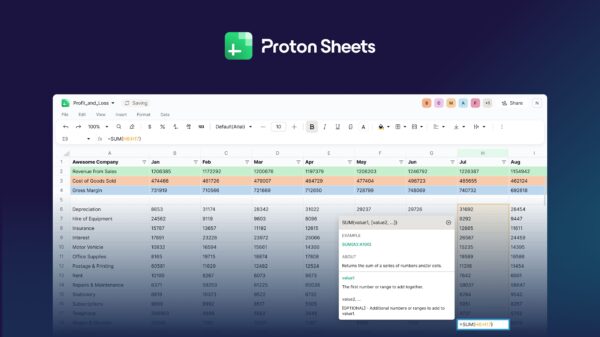Aave (AAVE) has regained its bullish momentum, trading above $220 on October 22, 2023, despite a general decline in the broader cryptocurrency market. The platform is targeting a 7% breakout as it explores unified liquidity options aimed at optimizing decentralized finance (DeFi) lending. AAVE has faced challenges, including a sell-off that saw its value drop to $200 last Friday and a significant flash crash on October 10, where it plummeted to $80. A daily closing above the immediate resistance level of $220 would strengthen AAVE’s short-term bullish outlook.
In contrast, Ripple (XRP) is showing bearish signals, trading just below $2.40 at the time of writing. The cross-border money remittance token faced rejection at $2.55 earlier in the week, leading to early profit-taking by investors. The current trend raises concerns about retail demand stabilizing, particularly as XRP attempts to recover from its recent highs.
Merger in the Crypto Sector
In a noteworthy development in the cryptocurrency sector, the asset manager 21Shares is set to merge with the crypto trading broker FalconX. According to a report by the Wall Street Journal, the details of the deal remain undisclosed but are expected to pave the way for product expansion within the merged entity. This merger highlights the ongoing consolidation in the cryptocurrency market as companies seek to enhance their offerings and reach.
The fluctuating dynamics of cryptocurrencies continue to capture the attention of investors and analysts alike. As AAVE maintains its upward trajectory, the challenges faced by Ripple emphasize the volatility inherent in this sector. The anticipated merger between 21Shares and FalconX may also indicate a strategic shift, potentially impacting future market trends.
The ongoing developments in the cryptocurrency market reflect broader trends in financial technology, where innovation continues to disrupt traditional finance. With increasing institutional interest and regulatory scrutiny, the landscape is likely to evolve further in the coming months. Investors are urged to stay informed and consider the implications of these changes on their portfolios.







































































